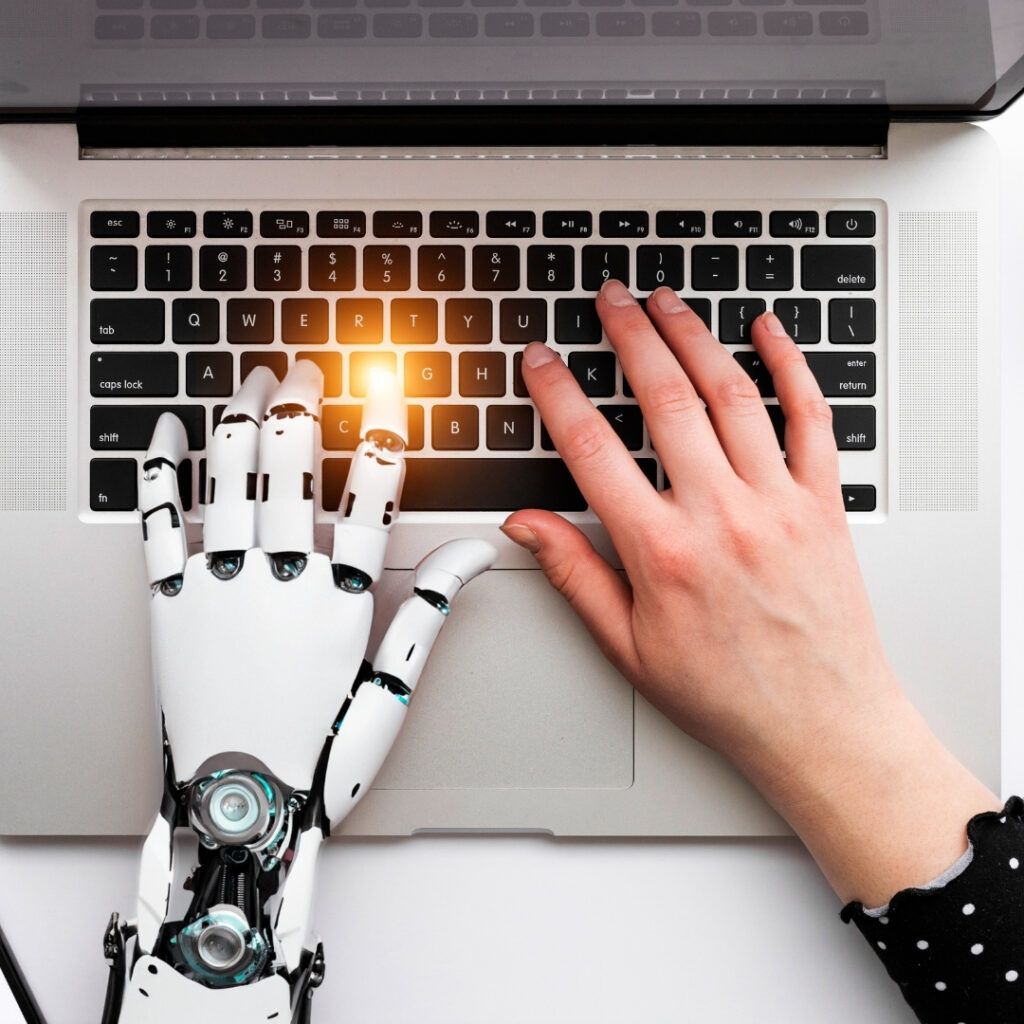Blog / The AI Revolution: How Artificial Intelligence Impacts Graphic Designers in 2025

Tuesday, 6 Feb 2024
The AI Revolution: How Artificial Intelligence Impacts Graphic Designers in 2025
Introduction:
In recent years, artificial intelligence (AI) has penetrated almost every industry, revolutionized processes, and created new possibilities. Graphic design is no exception. As we look ahead to the year 2025, it becomes increasingly evident that AI will have a profound impact on the work of graphic designers. In this blog post, we will explore how AI is shaping the graphic design landscape and what this means for designers.
If you’re looking to enhance your skills in graphic design to stay ahead of the curve, consider checking out the Graphic Design courses offered by Dreamzone.
1. Streamlined Design Processes
With AI-powered tools, graphic designers can expect a significant boost in efficiency and productivity. Time-consuming tasks like image editing, cropping, and resizing can now be automated, allowing designers to focus on more creative aspects of their work. AI algorithms can quickly analyse large datasets, enabling designers to gain insights, identify patterns, and make data-driven design decisions. By enrolling in a comprehensive graphic design course like the one offered by Dreamzone, you can learn how to leverage AI tools effectively to streamline your design processes.
2. Generative Design and Automation
AI algorithms are increasingly capable of generating designs based on specific inputs and requirements. Designers can leverage AI-powered tools to create logos, web designs, and even brand identities with remarkable speed. For instance, AI can generate multiple logo variations based on a few keywords or visual guidelines, saving designers countless hours of work.

3. Enhanced Creativity and Collaboration
AI can act as a powerful assistant, augmenting human creativity by suggesting new ideas, compositions, and colour schemes. It can analyse designs in real-time, providing instant feedback and recommendations to designers. Moreover, AI-powered collaboration platforms facilitate seamless teamwork by streamlining the process of sharing and reviewing design files, ensuring everyone is on the same page. Through Dreamzone’s Graphic Design course, you can learn how to harness the power of AI in fostering enhanced creativity and collaboration within your design projects.
4. Personalization and Customization
Designers can leverage AI to create highly personalized content, tailor-made for specific target audiences. Whether it’s dynamically generated visuals or personalized brand experiences, AI can help designers deliver content that resonates with consumers on an individual level. The latest Graphic Design courses equip you with the necessary skills to create personalized designs that captivate and engage your audience effectively.
5. Ethical Considerations
As AI becomes more integrated into graphic design workflows, ethical considerations arise. Designers need to be mindful of the potential biases embedded in AI algorithms and ensure inclusivity, diversity, and fairness in their designs. It is crucial to use AI as a tool for positive impact, rather than perpetuating harmful stereotypes or reinforcing societal biases unintentionally.
Conclusion:
The future of graphic design is undeniably intertwined with AI. In 2025, graphic designers must embrace AI as a powerful tool that enhances their capabilities rather than viewing it as a threat. By leveraging AI-powered tools, designers can streamline their workflows, unlock new creative possibilities, and deliver highly personalized experiences.
With Dreamzone, you can acquire the skills and knowledge needed to thrive in the ever-evolving design landscape, ensuring a successful and fulfilling career in graphic design.
Frequently Asked Questions

Corporate Headquarters
1st Floor, K.R. Ahamed Sha office complex, No. 25, Dr. Radhakrishnan Salai, Mylapore,
Chennai - 600 004, Tamil Nadu, India.
Flagship Events
Trending Courses
Fashion Design
Interior Design





